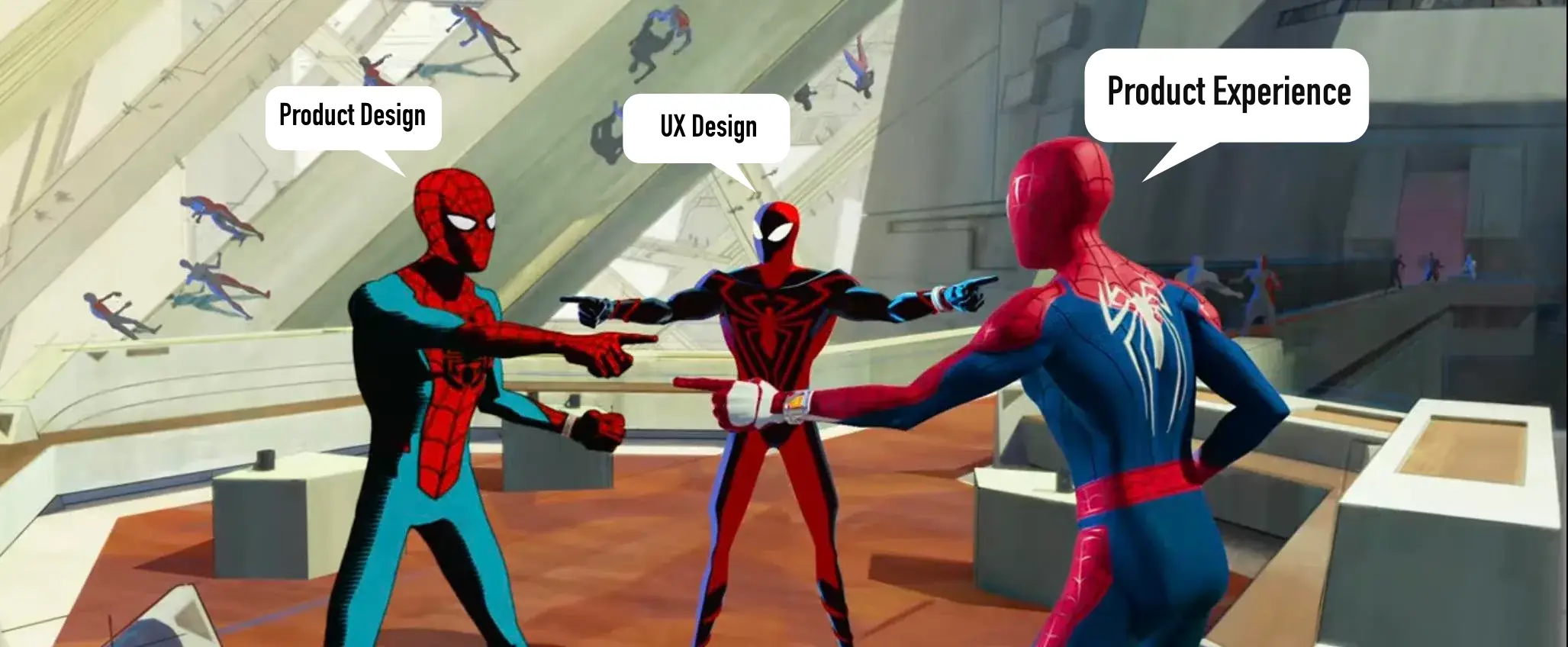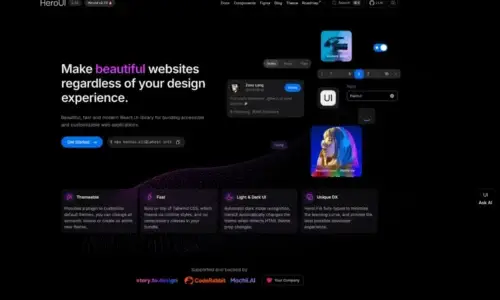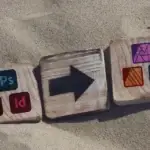Why Duolingo Calls It “Product Experience” Instead of “UX Design”
- Bilal Akpinar
- March 22, 2025
- Blog
- 0 Comments

In the world of digital design, terminology matters. It shapes how teams think, how work is structured, and how users are ultimately served. One company that’s been quietly redefining how we think about design is Duolingo. While many tech companies have “UX Design” teams, Duolingo opts for a different title: Product Experience (PX).
But why this distinction? And what can we learn from it?
Moving Beyond the Interface
When we hear “UX design,” we often think of screens, flows, and wireframes — the tangible touchpoints of a digital product. While UX certainly encompasses these things, the term has, over time, become overly associated with visual and interaction design. This can unintentionally narrow the focus of design work to how something looks or behaves — rather than how it truly feels and functions in a user’s life.
Duolingo’s “Product Experience” label emphasizes that design is not just about usability — it’s about how all the pieces of a product work together to deliver value, engagement, and joy.
A Holistic Approach to Product Thinking
Calling it “Product Experience” aligns with Duolingo’s holistic approach to design. At Duolingo, PX designers are deeply involved in product strategy, gamification mechanics, pedagogical principles, and behavioral psychology. They work closely with engineers, researchers, linguists, and product managers — not just to make the app “usable,” but to make it effective, delightful, and habit-forming.
This approach is reflected in Duolingo’s success. It’s one of the most engaging educational apps in the world, largely because it treats learning not just as a task but as an experience worth coming back to every day.
Language Matters (Pun Intended)
Duolingo is a language learning company — and they understand that language shapes perception. “UX design” may sound like something that happens after a product is defined — polish it up, make it smooth. “Product Experience,” on the other hand, positions design as something central and strategic — not an afterthought.
This simple shift in wording empowers designers at Duolingo to act not just as interface creators, but as product shapers.
What Other Teams Can Learn
Duolingo’s choice of terminology invites a broader reflection in the design community. Whether or not you adopt the term “Product Experience,” the takeaway is clear:
Great design isn’t just about how a product works — it’s about how it feels, teaches, motivates, and retains. That means working across disciplines, influencing strategy, and designing systems that consider the full emotional and functional arc of the user journey.
So the next time you’re updating your team structure, job title, or project goals, ask yourself:
Are you designing screens, or are you crafting an experience?



